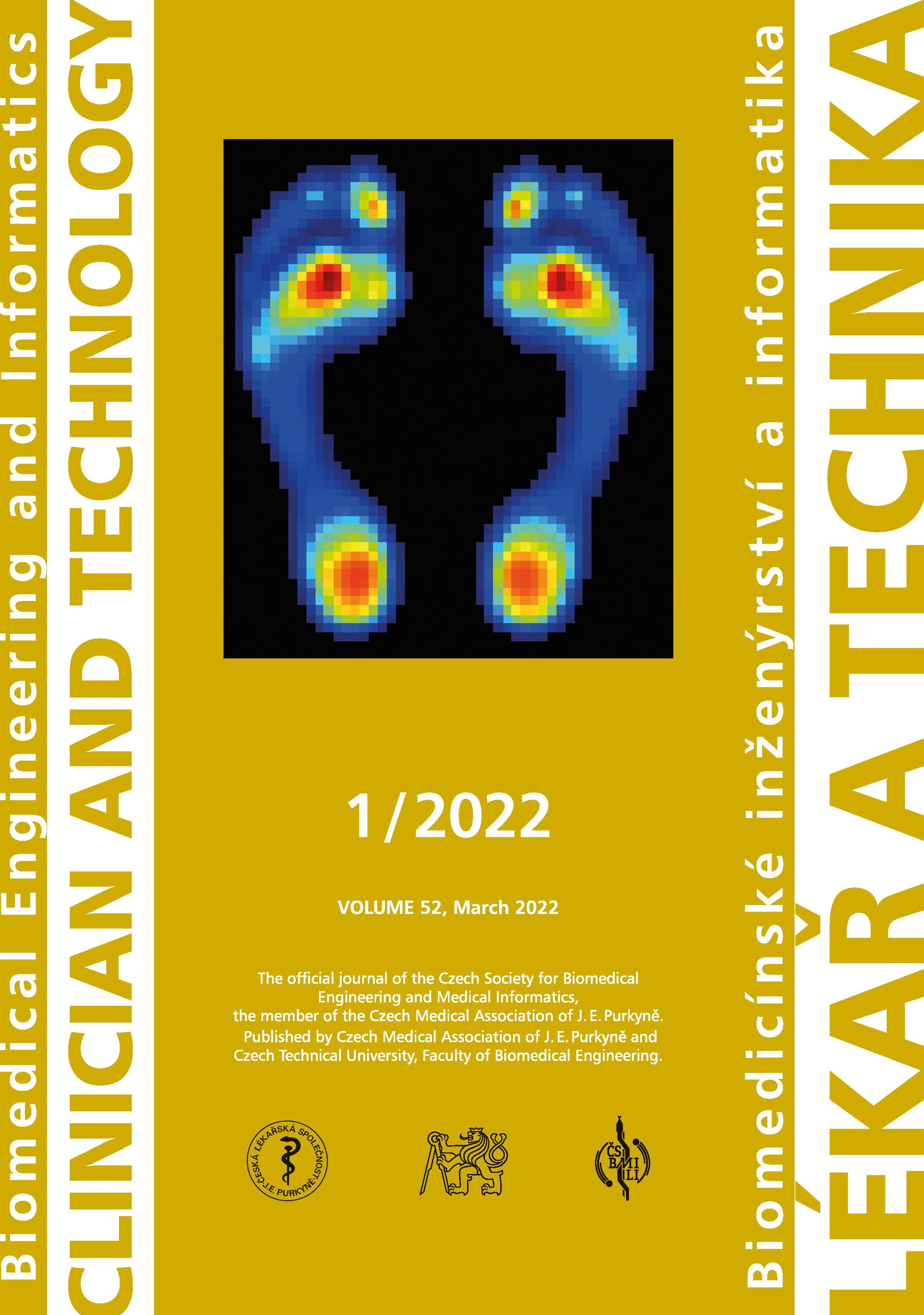PREVALENCE OF POTENTIALLY CLINICALLY RELEVANT COMPLEX EPISODES OF EXTREME SpO2 DURING MANUAL AND AUTOMATIC CONTROL OF INSPIRED OXYGEN
DOI:
https://doi.org/10.14311/CTJ.2022.1.05Abstract
Continuous monitoring with pulse oximetry is the standard of care for titrating inspired oxygen in the neonatal ICU. However titrating supplemental oxygen to address frequent desaturations is a challenging task for caregivers. Increasing exposure to SpO2 extremes is associated with increasingly poorer long-term outcomes. More recently the prevalence of prolonged episodes at extremes and cluster of short episodes have been reported to be also associated with bad outcomes. We speculated that more complex episodes might also have an impact on outcomes. We defined two sets of these: clusters and swings. Automatic control of inspired oxygen based on continuous pulse oximetry, is available on many neonatal ventilators. Some have expressed concern that continuous adjustment of inspired oxygen, without observing the infant, might cause instability and thus increased prevalence of clusters and oscillations. The aim of this study was to determine the prevalence of these complex events and determine if they were more common during automated control. To accomplish this we analyzed data of 58 extremely preterm newborns that were ventilated at least 24 hours with manual inspiratory oxygen control and at least 24 hours with automated FiO2 control, in random order. We found that clusters and swings were quite prevalent, that is similar to the prevalence of prolonged episodes that have been shown to be associated with bad outcomes. We also found that these complex events were reduced during automated control, rather than increased. Finally, we suggest that additional research in this area is warranted.
Downloads
Published
Issue
Section
License
Copyright (c) 2022 Thomas Edward Bachman; Karel Roubik

This work is licensed under a Creative Commons Attribution 4.0 International License.
Authors who publish with this journal agree to the following terms:
- Authors retain copyright and grant the journal right of the first publication with the work simultaneously licensed under a Creative Commons Attribution License (https://creativecommons.org/licenses/by/4.0/) that allows others to share the work with an acknowledgment of the work's authorship and initial publication in CTJ.
- Authors are able to enter into separate, additional contractual arrangements for the non-exclusive distribution of the journal’s published version of the work (e.g., post it to an institutional repository or publish it in a book), with an acknowledgment of its initial publication in this journal.
- Authors are permitted and encouraged to post their work online (e.g., in institutional repositories or on their website or ResearchGate) prior to and during the submission process, as it can lead to productive exchanges.
CTJ requires that all of the content of the manuscript has been created by its respective authors or that permission to use a copyrighted material has been obtained by the authors before submitting the manuscript to CTJ. CTJ requires that authors have not used any copyrighted material illegally, as for example a picture from another journal or book, a photo, etc. It is the author’s responsibility to use only materials not violating the copyright law. When in doubt, CTJ may ask the authors to supply the pertinent permission or agreement about the use of a copyrighted material.
The opinions expressed in CTJ articles are those of authors and do not necessarily reflect the views of the publishers or the Czech Society for Biomedical Engineering and Medical Informatics.


